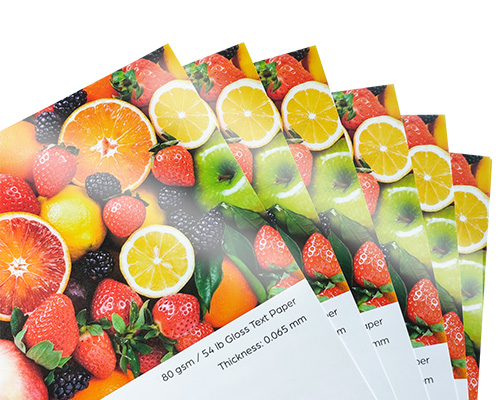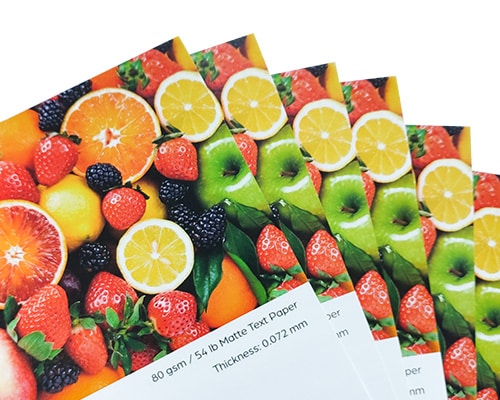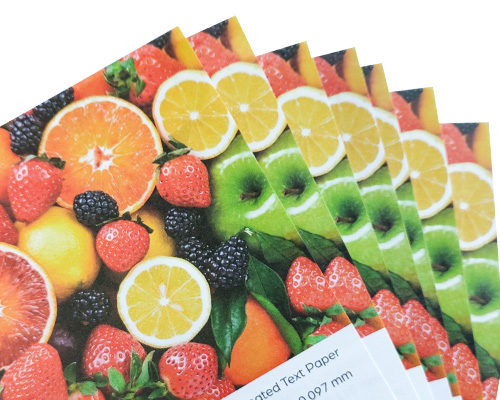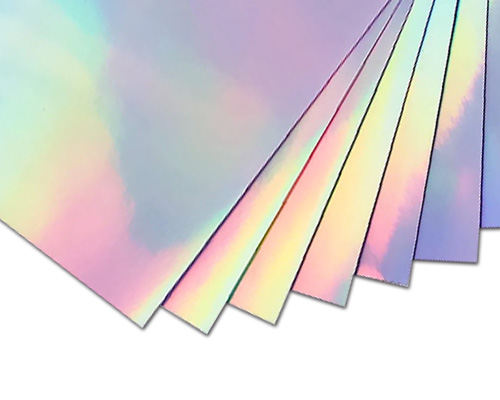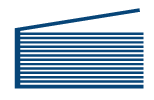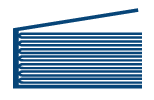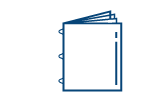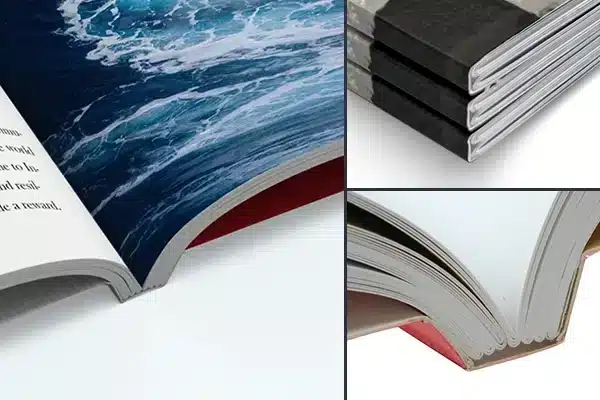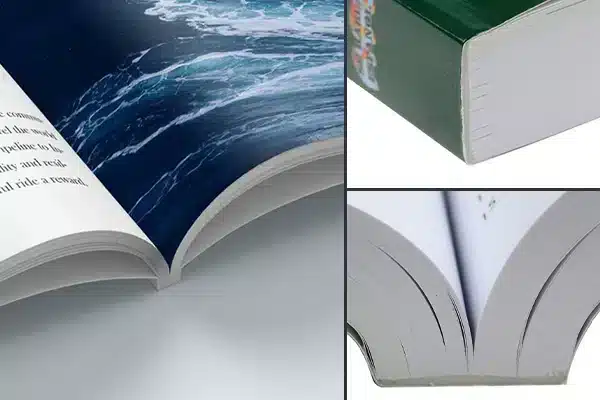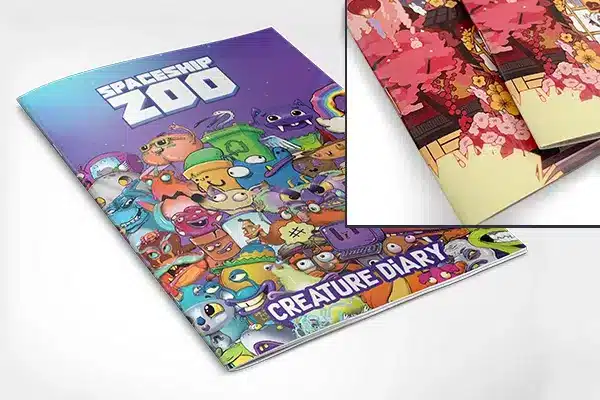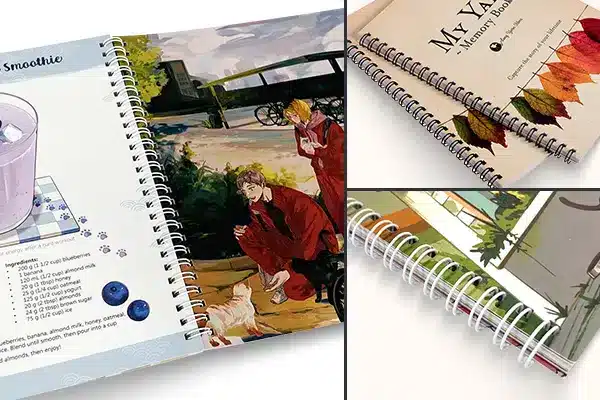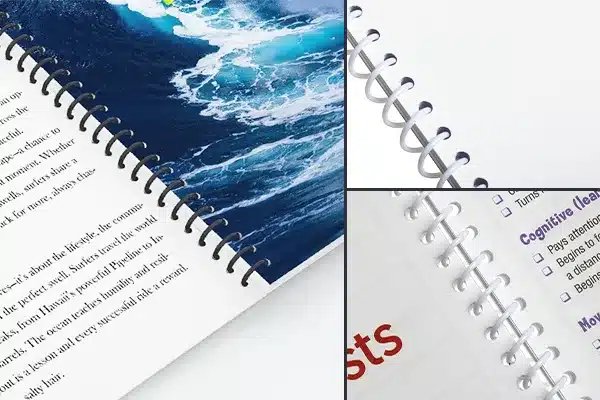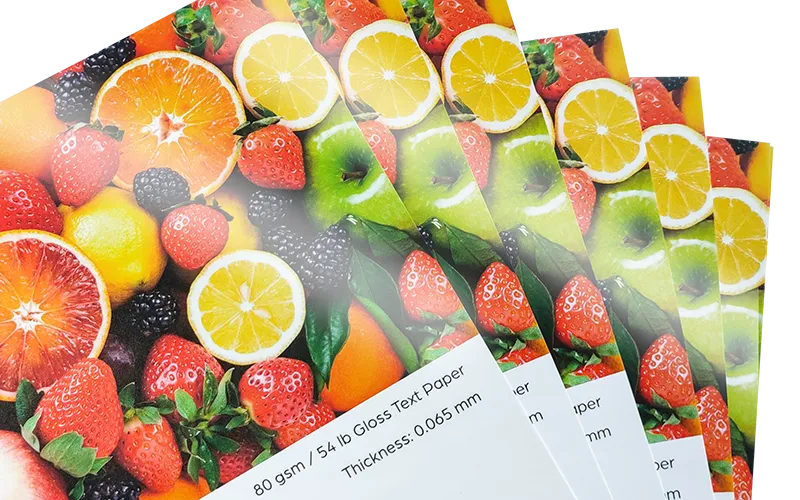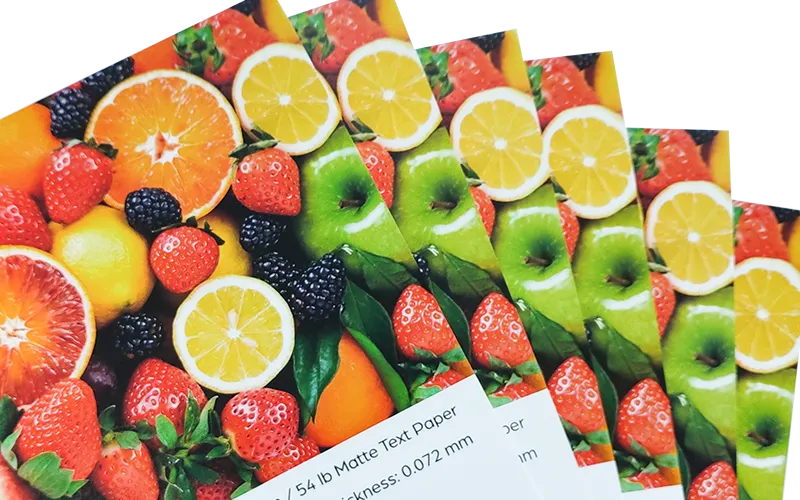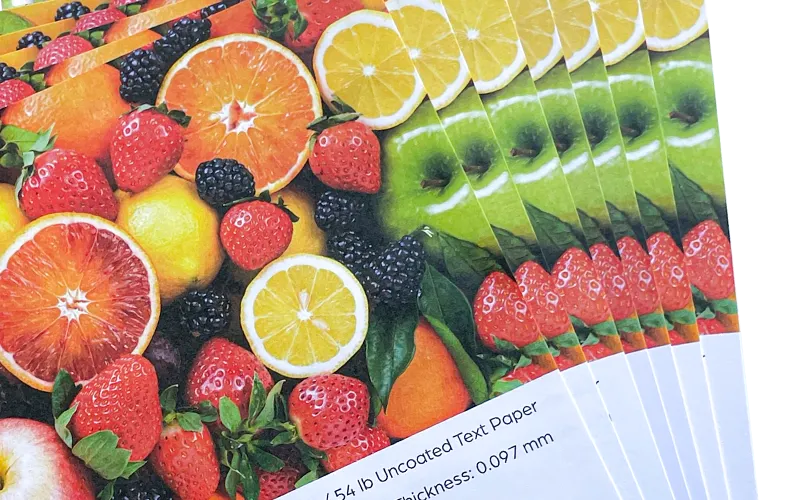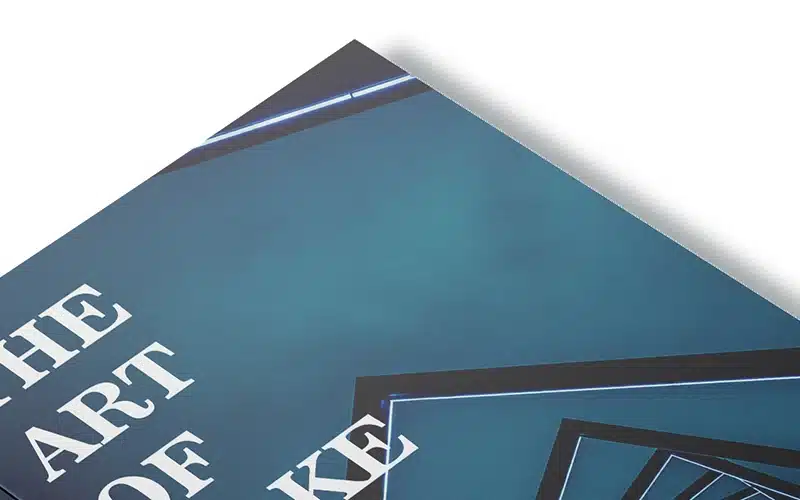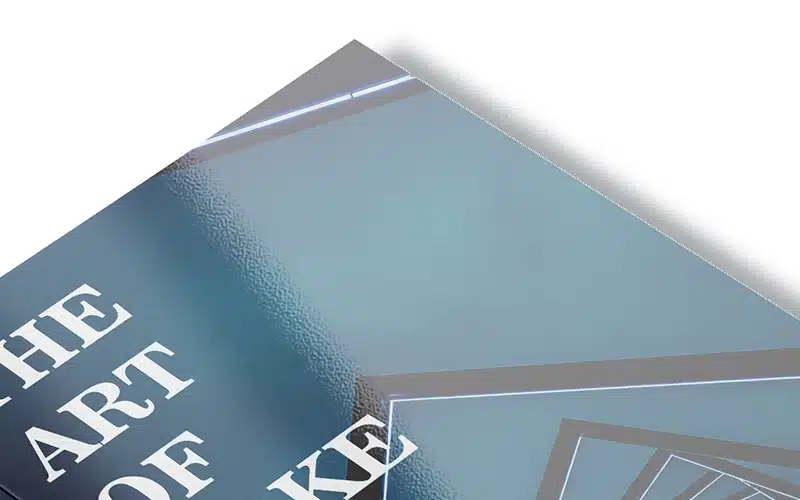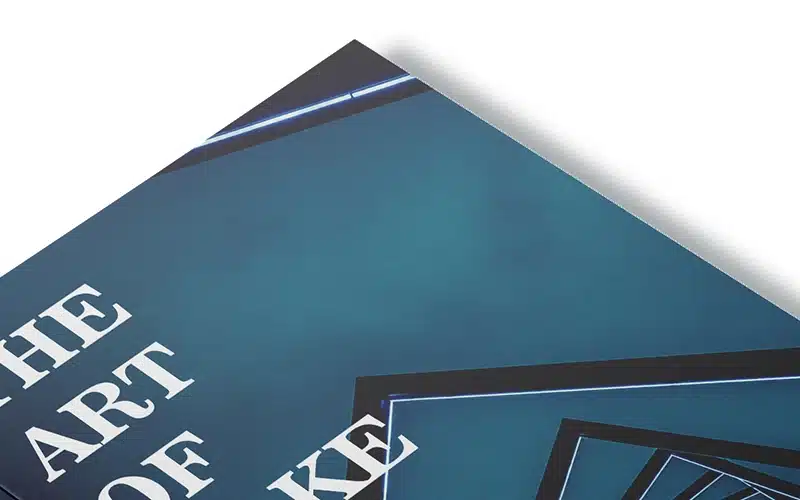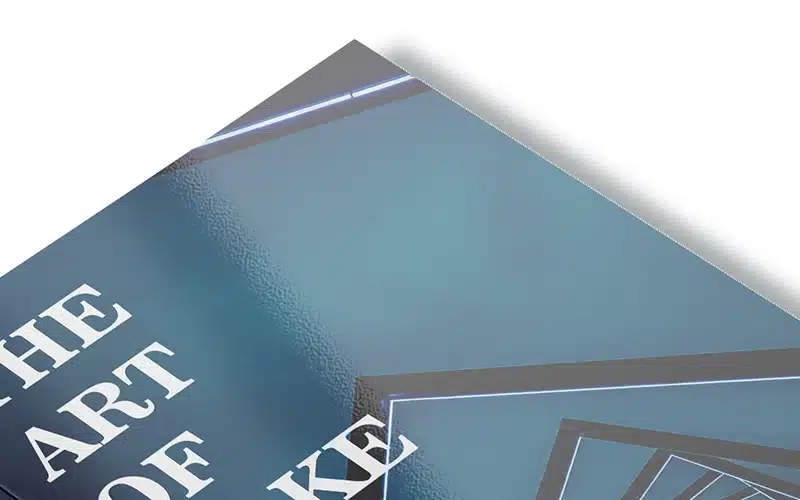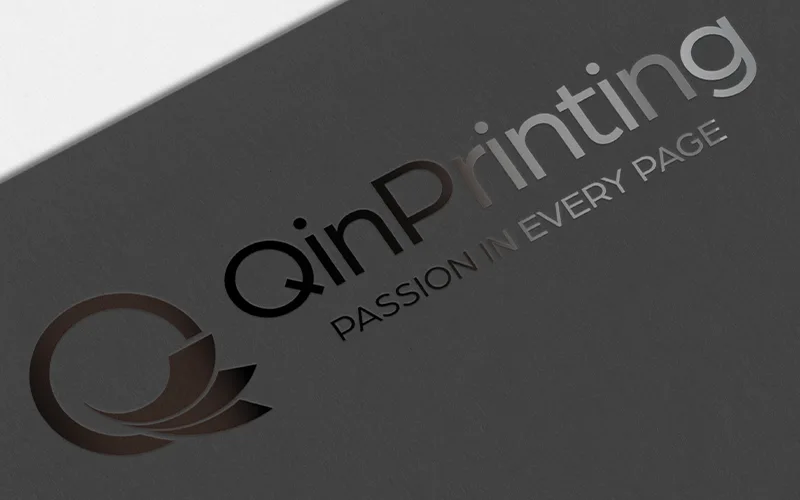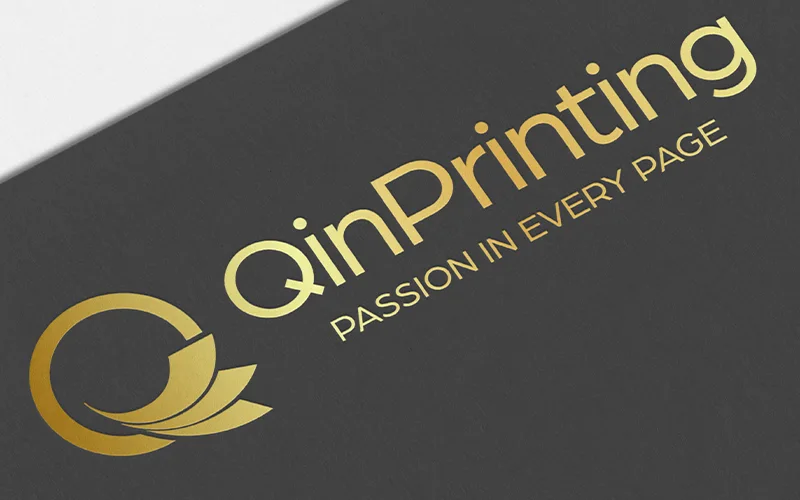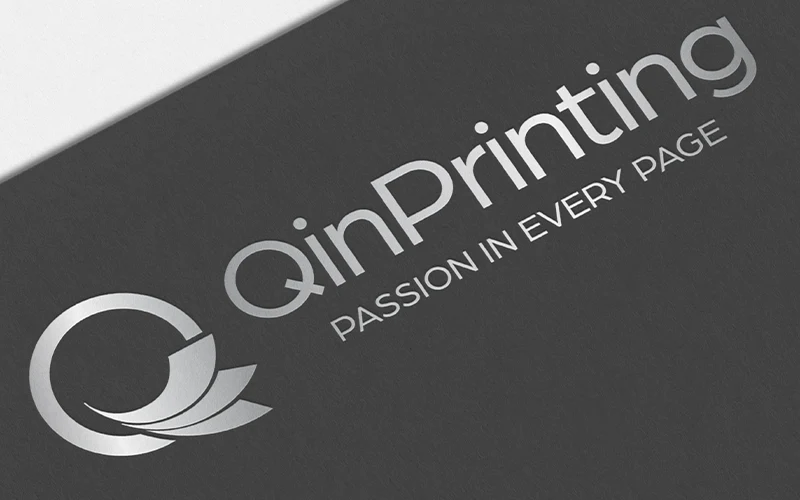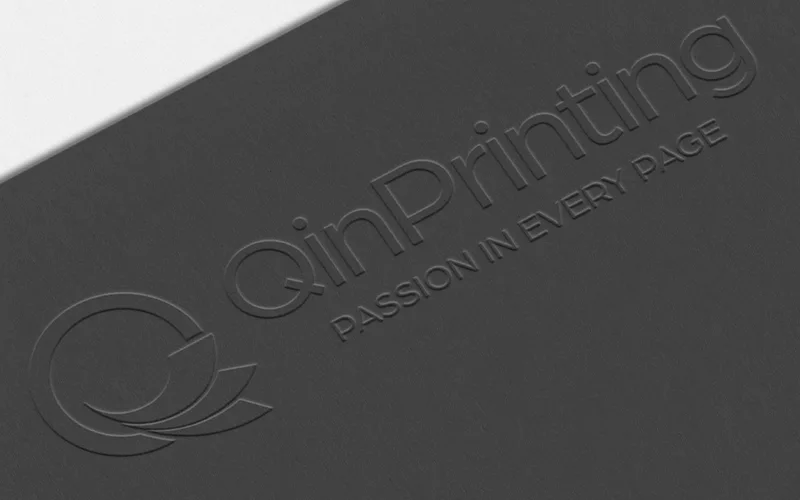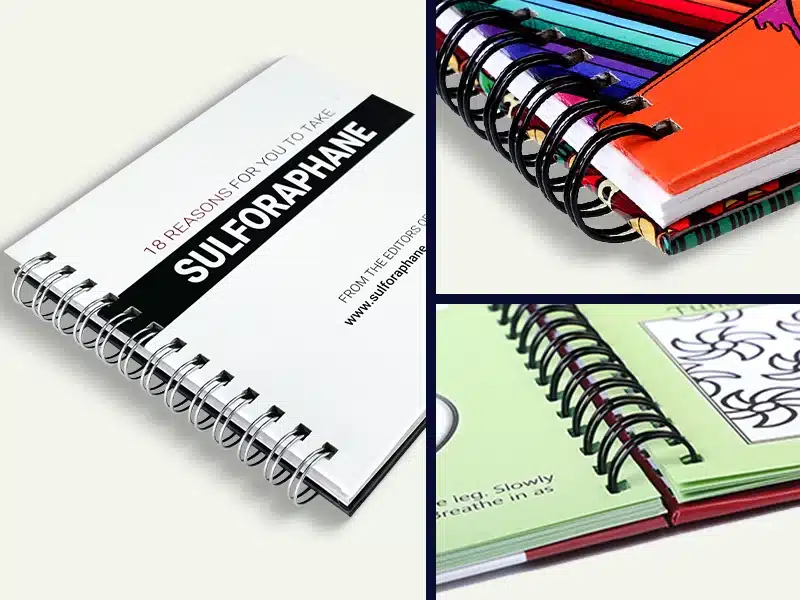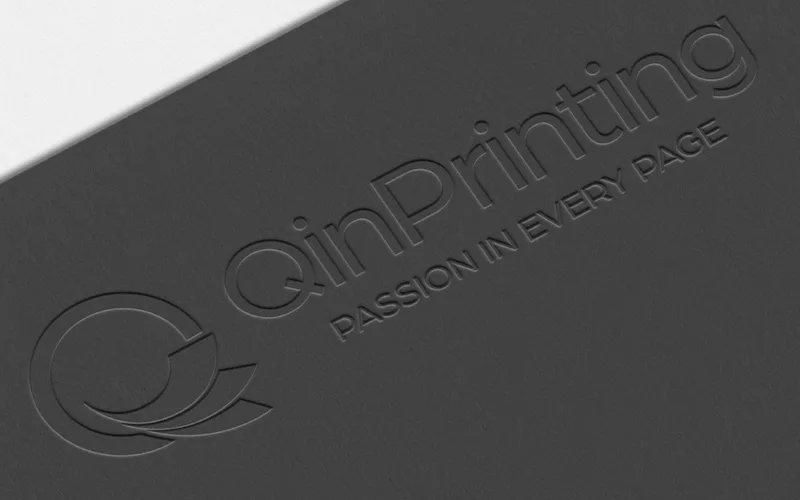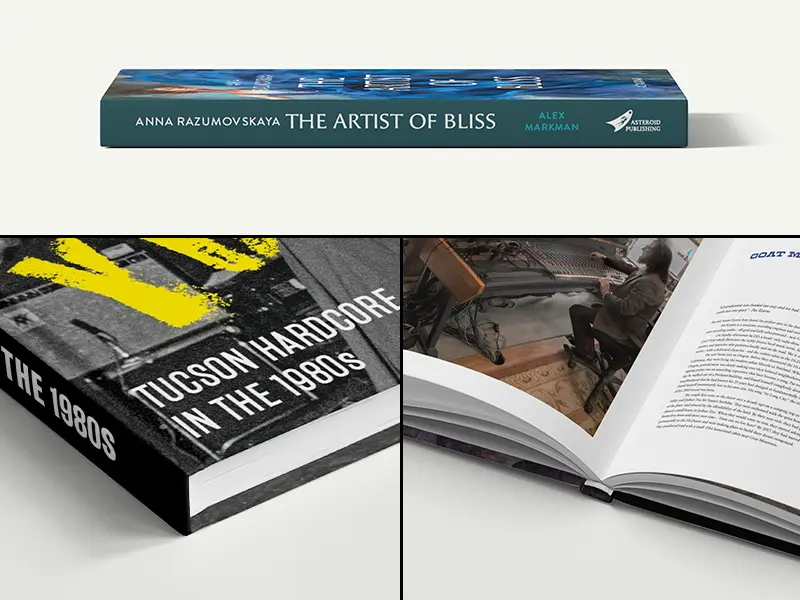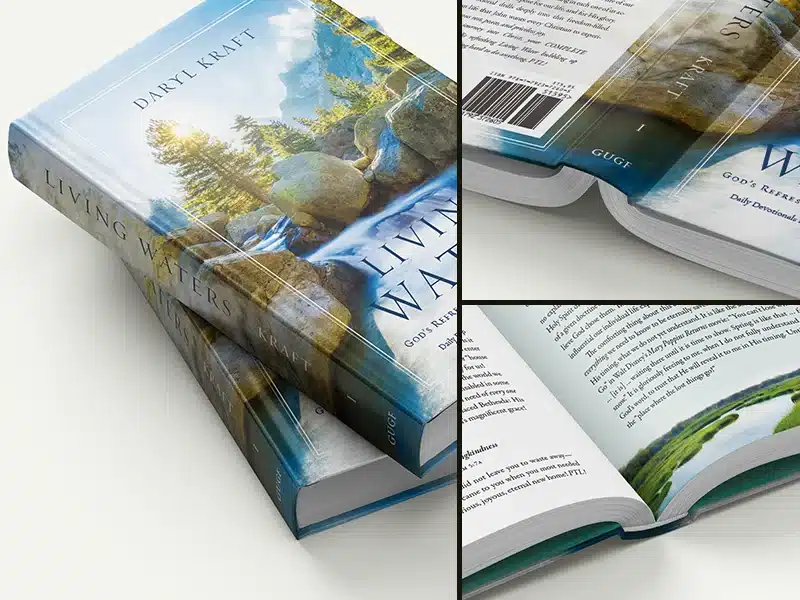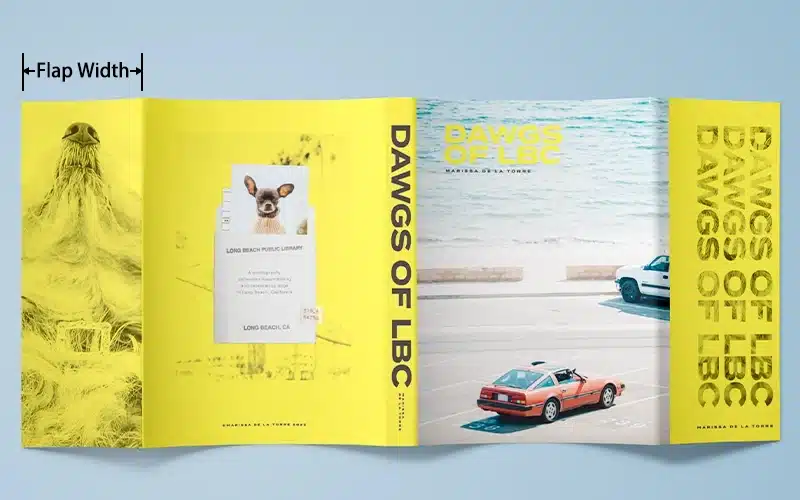- Home
- Printing Products
- Catalog Printing
Catalog Printing
Partner with QinPrinting to create stunning catalogs that showcase your brand’s excellence and drive customer engagement. For over 25 years, we’ve combined expert catalog printing services, advanced offset printing technology, and unbeatable service to produce premium-quality catalogs for exhibitions, trade shows, showcases, and direct mail. Our competitive pricing and industry know-how mean you get exceptional results—often saving over 40%!
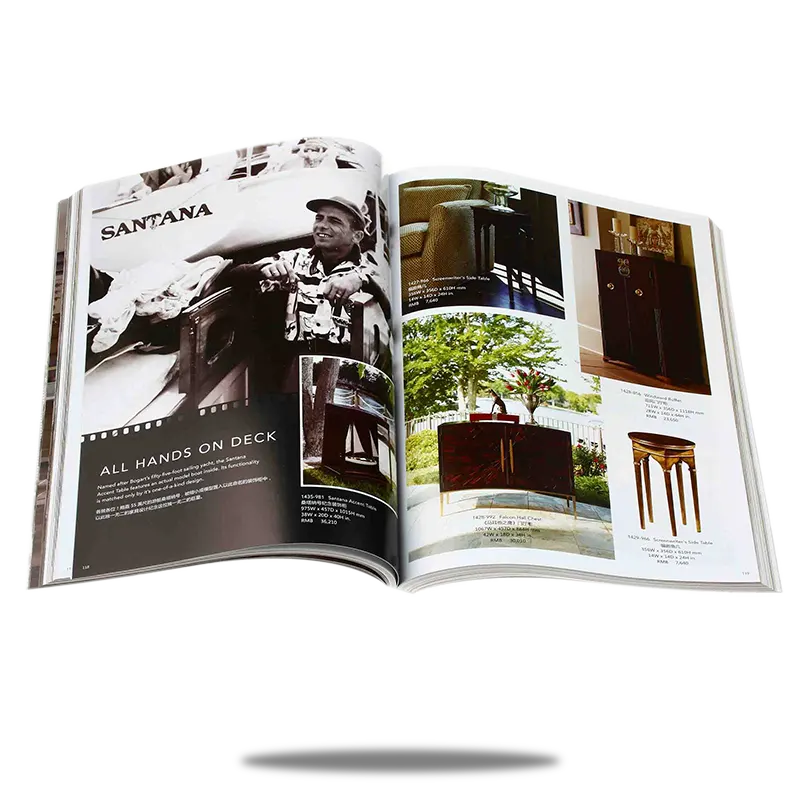
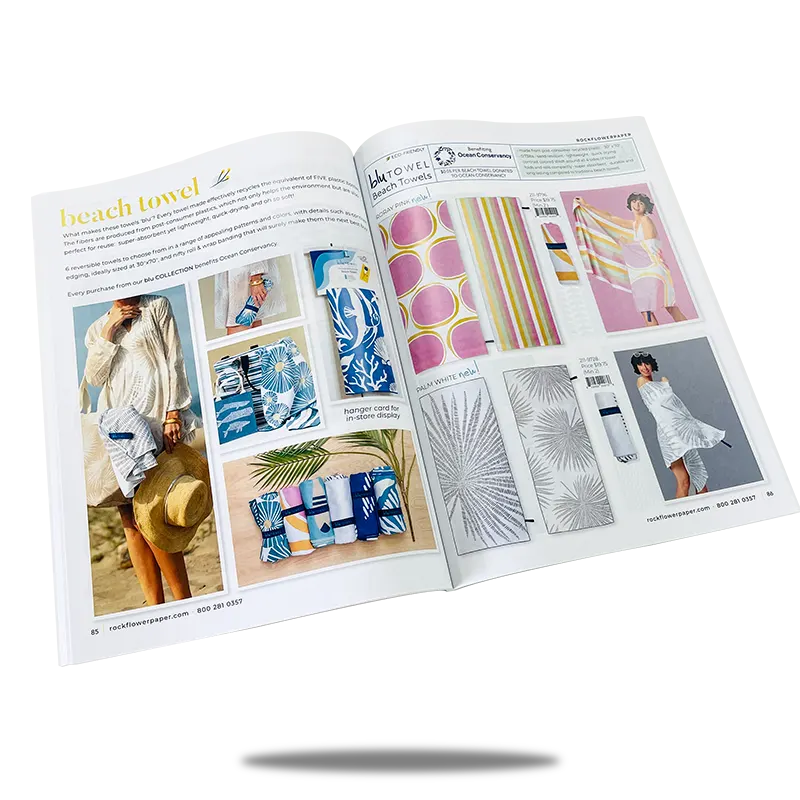
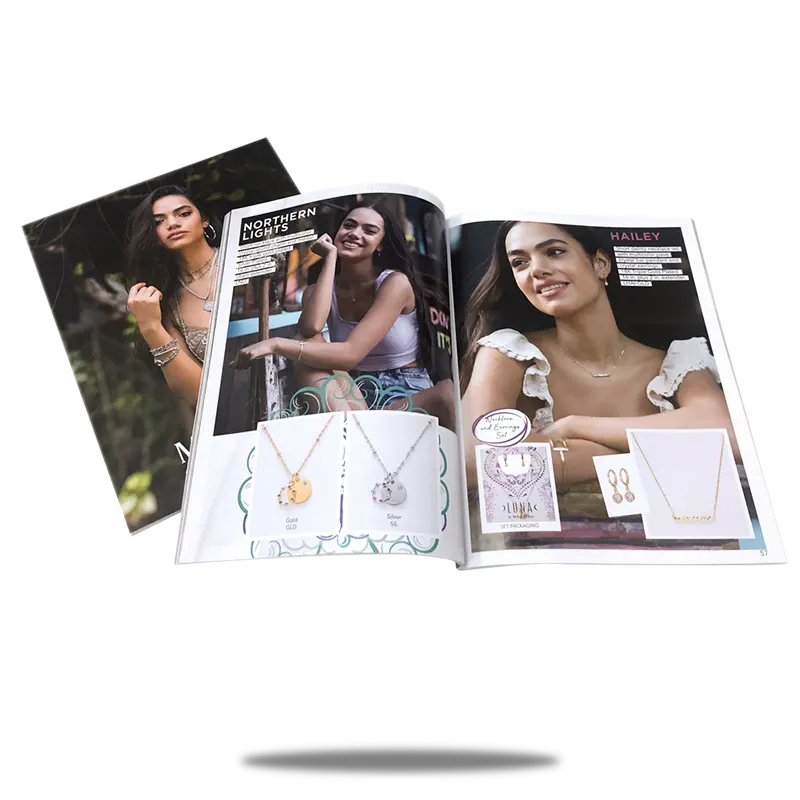
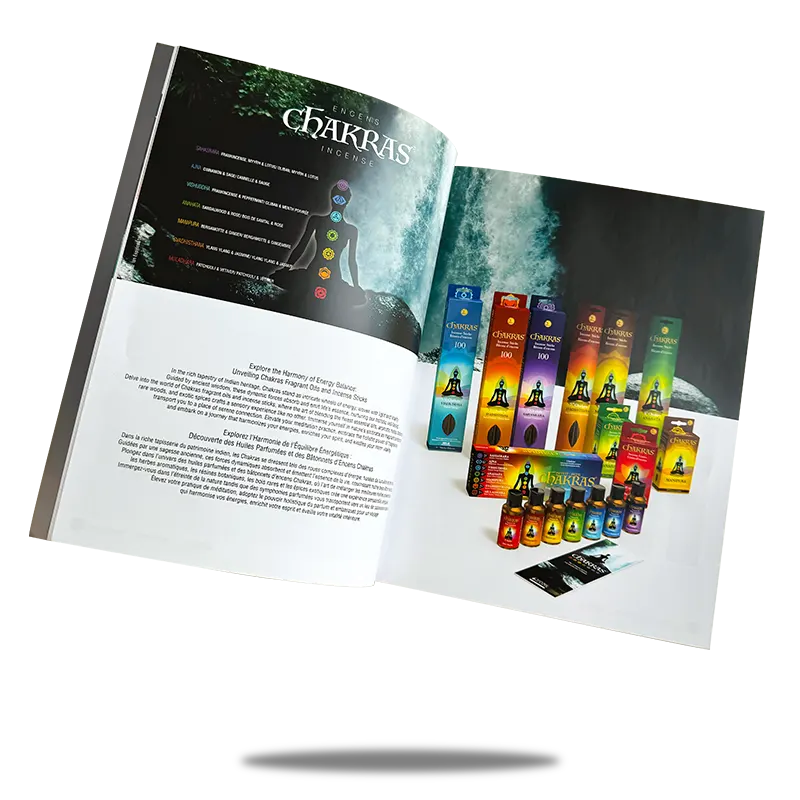
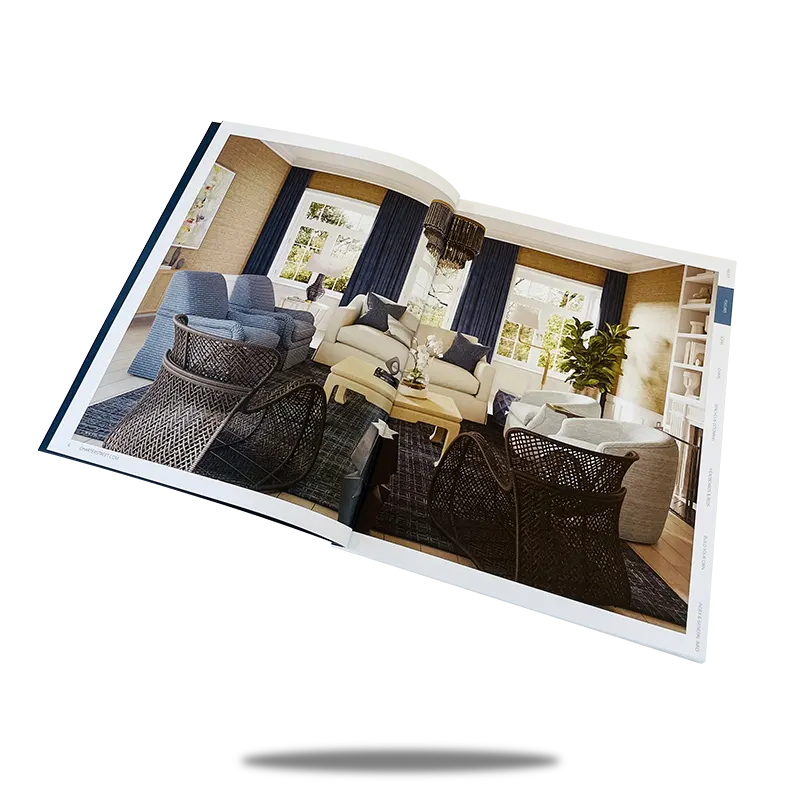
Catalog Printing Instant Quote
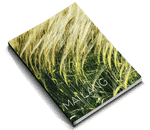
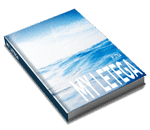
based on your choices
Custom Catalog Printing for Exhibitions and Trade Shows
QinPrinting offers professional custom catalog printing in China with delivery worldwide, including the United States, Australia, Canada, Europe, and beyond. With a fast production time of 3–5 working days (depending on your catalog specifications), we ensure that your catalogs are ready on time, every time. If you have a specific trade show schedule, we can deliver directly to your hotel—wherever your event is—so you don’t have to worry about carrying heavy catalogs.
As an offset printer for custom catalogs, we guarantee premium quality printing and competitive pricing. Our minimum order quantity (MOQ) is just 100 copies, making it easy and affordable to get started.
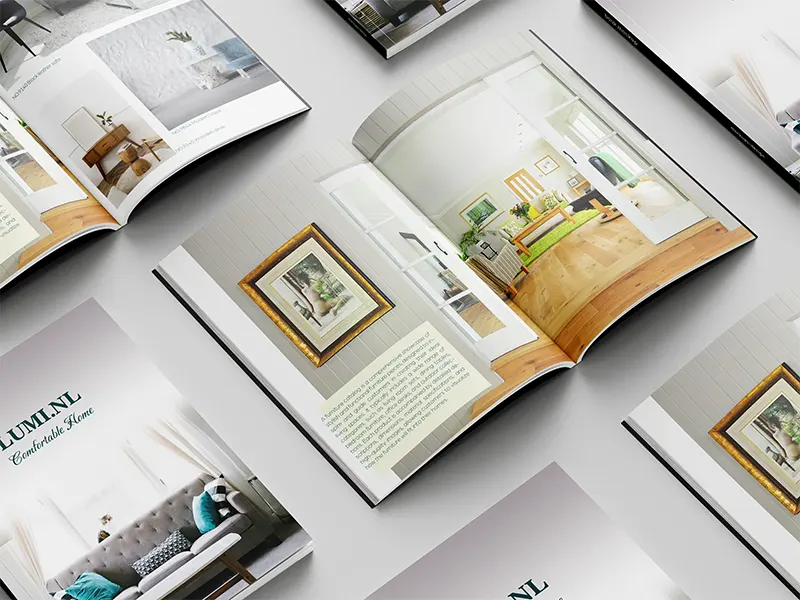
Catalog Printing Prices
The exact cost will depend on several variables: size, quantity, paper choices and finishes, binding style, page numbers, and more. But you can get an immediate estimate from our helpful at-a-glance pricing charts. For a custom quote, simply click the Instant Online Quote button.
| Quantity | 100pcs | 500pcs | 1000pcs | 2000pcs | 5000pcs | 10000pcs |
|---|---|---|---|---|---|---|
| 24pp + 4pp | $2.66 each $266 total |
$0.75 each $373 total |
$0.48 each $480 total |
$0.35 each $707 total |
$0.29 each $1,471 total |
$0.26 each $2,644 total |
| 32pp + 4pp | $3.10 each $310 total |
$0.88 each $439 total |
$0.56 each $561 total |
$0.42 each $845 total |
$0.36 each $1,781 total |
$0.33 each $3,278 total |
| 40pp + 4pp | $3.69 each $369 total |
$1.05 each $526 total |
$0.68 each $682 total |
$0.51 each $1,016 total |
$0.43 each $2,139 total |
$0.39 each $3,884 total |
- Cover: 200 gsm / 74 lb coated cover paper with matte lamination
- Interior: 128 gsm / 87 lb coated text paper
- Please note that all prices are EXW our facility and do not include shipping costs.
| Quantity | 100pcs | 500pcs | 1000pcs | 2000pcs | 5000pcs | 10000pcs |
|---|---|---|---|---|---|---|
| 64pp + 4pp | $5.46 each $546 total |
$1.56 each $779 total |
$1.00 each $997 total |
$0.76 each $1,522 total |
$0.64 each $3,220 total |
$0.60 each $6,032 total |
| 100pp + 4pp | $8.07 each $807 total |
$2.31 each $1,157 total |
$1.50 each $1,499 total |
$1.14 each $2,274 total |
$0.96 each $4,812 total |
$0.89 each $8,940 total |
| 200pp + 4pp | $14.33 each $1,433 total |
$4.23 each $2,115 total |
$2.77 each $2,773 total |
$2.13 each $4,265 total |
$1.80 each $8,996 total |
$1.69 each $16,922 total |
- Cover: 250 gsm / 92 lb coated cover paper with matte lamination
- Interior: 128 gsm / 87 lb coated text paper
- Please note that all prices are EXW our facility and do not include shipping costs.
Paper Options
While most catalogs contain both images and text, the trend in contemporary design is toward more photography and less text. In most cases, you’ll need to pick paper that gives sharp photo reproduction and clear text. We recommend gloss or matte text paper for vibrant, faithful color, perfect contrast, and fine detail. If you want your catalog to reflect eco-friendliness and a natural aesthetic, you can opt for uncoated paper.
Cover Paper
- 200 gsm / 74 lb gloss cover paper
- 250 gsm / 92 lb gloss cover paper
- 300 gsm / 111 lb gloss cover paper
- 350 gsm / 129 lb gloss cover paper
- 200 gsm / 74 lb matte cover paper
- 250 gsm / 92 lb matte cover paper
- 300 gsm / 111 lb matte cover paper
Interior Paper
- 80 gsm / 54 lb coated text paper
- 105 gsm / 71 lb coated text paper
- 128 gsm / 86 lb coated text paper
- 157 gsm / 106 lb coated text paper
- 200 gsm / 135 lb coated text paper
- 80 gsm / 54 lb uncoated text paper
- 100 gsm / 68 lb uncoated text paper
- 120 gsm / 81 lb uncoated text paper
Hardcover Paper
- 157 gsm / 58 lb coated cover paper wrapped on 2 mm grey board
- 157 gsm / 58 lb coated cover paper wrapped on 2.5 mm grey board
- 157 gsm / 58 lb coated cover paper wrapped on 3 mm grey board
- Other paper wrapped on grey board
Custom Sizes
The size of your catalog is entirely up to you, though it often depends on factors such as graphical and photographic content, text layout, orientation, and paper selection. At QinPrinting, we’re happy to produce custom catalogs in any size or format you need. That said, most of our clients choose standard sizes—and for good reason. Beyond cost considerations, factors like consumer expectations, storage convenience, and distribution efficiency all come into play.
The most popular catalog size is 8.5″ x 11″ (210 mm x 297 mm), but many clients also print seasonal or promotional catalogs in smaller, more portable sizes, such as 5.5″ x 8.5″ (148 mm x 210 mm). For a more luxurious presentation, the 11″ x 11″ format is an excellent choice.
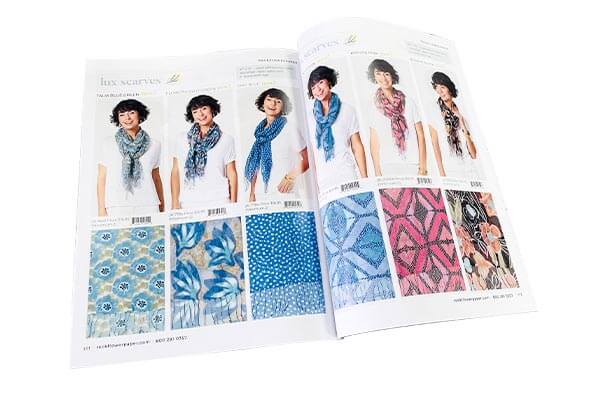
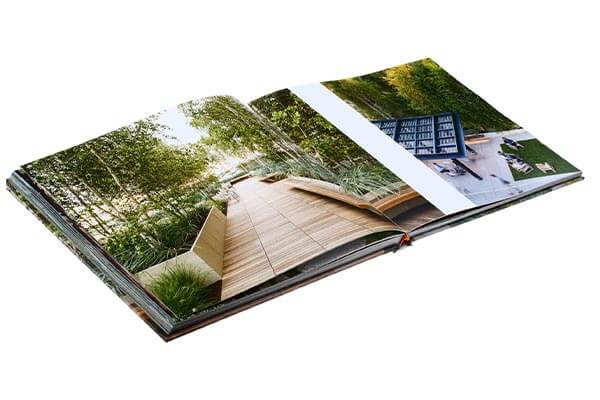
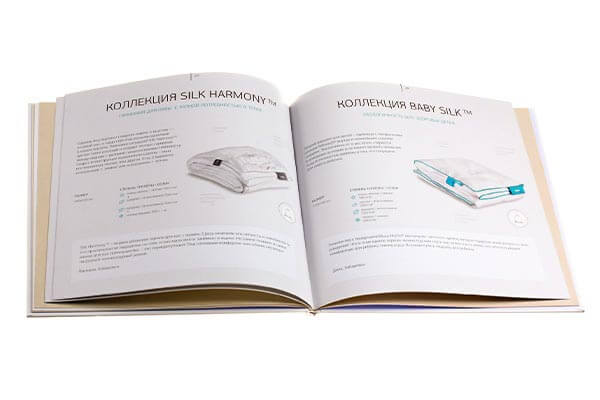
Catalog Bindings
While catalogs may come in a variety of shapes and sizes, the choice of binding is very important for reasons of both appearance and durability. Let’s look at the most common, professional-looking catalog binding options. You can open several of the following bindings flat.
We use this binding style for many catalogs. We collate the interior pages into a block, glued together, and then glued into a wrap-around cover made of heavier art paper or lightweight card stock. For catalogs with a page count ranging from 48 to 200 pages, this is a great option.
We use this binding style for most catalogs we print. We collate the interior pages into sets called “signatures”, which are then sewn together and fixed into a wrap-around cover made of heavier art paper or lightweight card stock. For catalogs with a higher page count, this is one of the best options.
To saddle stitch your catalog, we fold the printed interior sheets and stack them inside the cover sheet before stapling them together down the curved edge. Saddle stitch is only possible with a page count divisible by four, up to a maximum of 64 pages. But to make sure the catalog is neat and lies flat, we recommend a limit of 48 pages or fewer for this style of binding.
This binding is another possibility for catalogs, especially useful to sales representatives for its portability, practicality and flexibility. We punch or drill holes into the pages down one side and then bind them with a double metallic coil which runs through the holes. We crimp the coil at both ends so the pages don’t come loose. You can turn the pages of a wire-o bound book through 360° and also lay the open catalog completely flat. We can laminate the pages to make them extra-resistant to UV light, fingerprints, and spillages.
Another great choice for reps is a loop bound catalog. It’s similar to a saddle stitch solution but includes two or three loops exterior to the spine so it can be hung up or easily inserted into a ring binder.
In this binding, we organize the interior pages into signatures which are then printed, cut, and sewn, before we glue them into a hard casing covered by a printed sheet which forms the cover. This binding is the most durable and luxury-looking, but we make only a few hardcover catalogs for our most exclusive clients.
If you wish, we can drill holes through the bound catalog—usually two, three, or five—to facilitate hanging it in a binder. Whichever binding style you choose for your catalog, we like to make it easy for you to design with one of our ready-made design templates if you wish. And ask us for paper samples. We’ll be happy to drop them to you in the mail. The samples are free, so you only need to pay the mailing charges.
Specialist Wholesale and Broker Catalog Printing Services
If you’re a wholesaler, print broker, or design company, we can provide you with excellent wholesale catalog printing services. Our competitive wholesale prices, combined with quality, service, and fast turnaround times—as short as 3 to 5 days—make our offer hard to beat. You can also take advantage of free training with us and a range of paper samples to help you improve the services you offer to your clients. Your success is our success, so we work hard to help you.
Why Choose QinPrinting to Print Your Catalog
Choose QinPrinting for your catalog printing needs to ensure high-quality, customizable, and sustainable results. With our expertise, timely service, and attention to detail, we are your trusted partner for creating standout catalogs.

High-Quality Printing
25+ years of experience ensuring vibrant, detailed prints.

Exceptional Customer Support
Friendly and professional assistance throughout the process.

Affordable Pricing
High-quality results at competitive prices.
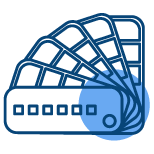
Custom Options
Choose from various paper stocks, finishes, and sizes.
Catalog Category
As a professional offset printing company, we have extensive experience producing a wide variety of catalog types for numerous industries. Some of the catalogs we’ve printed include:
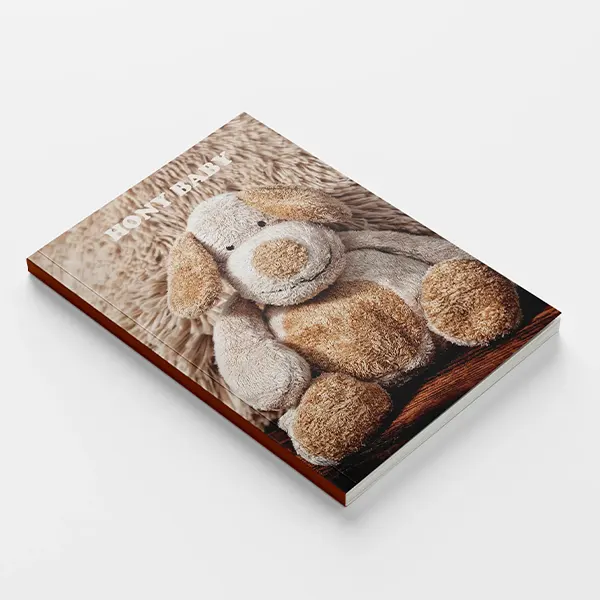
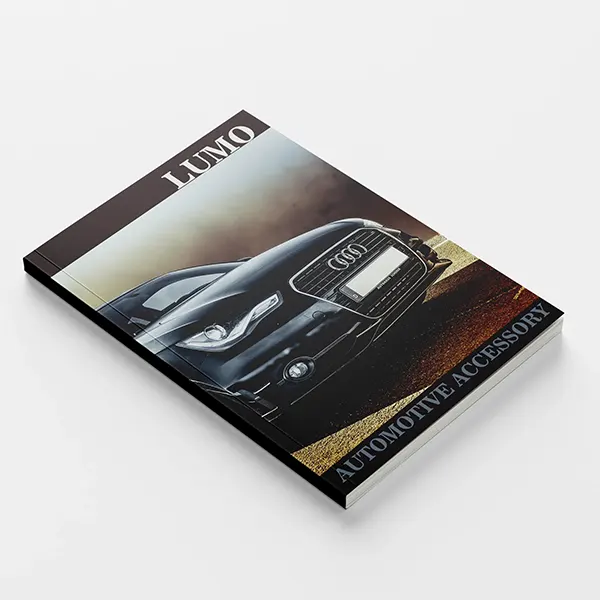
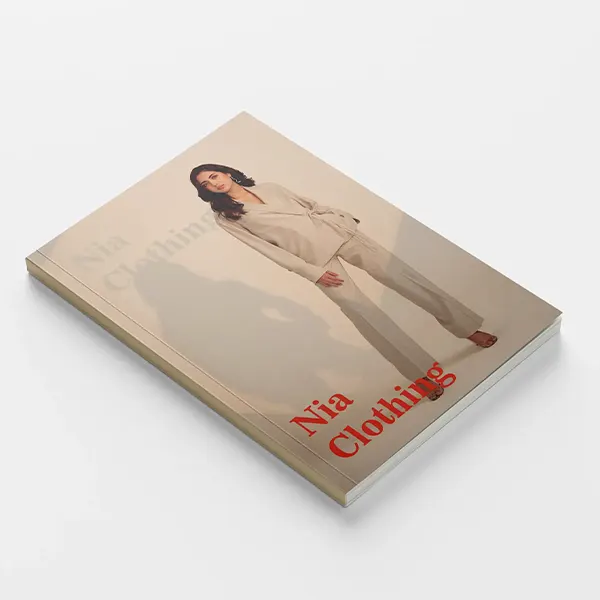
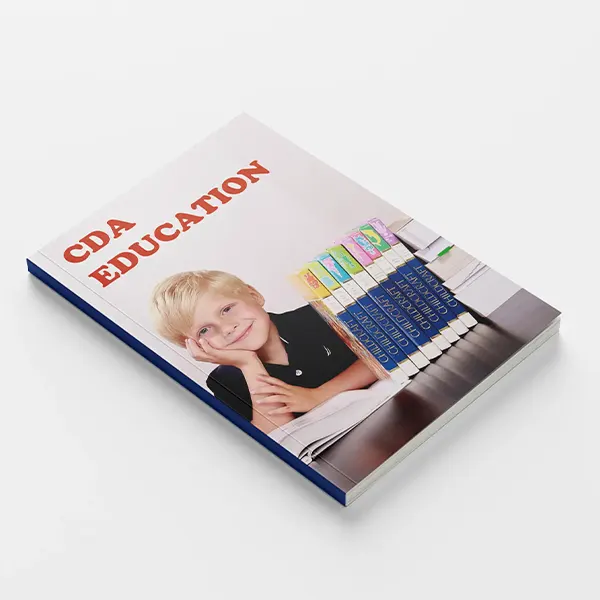
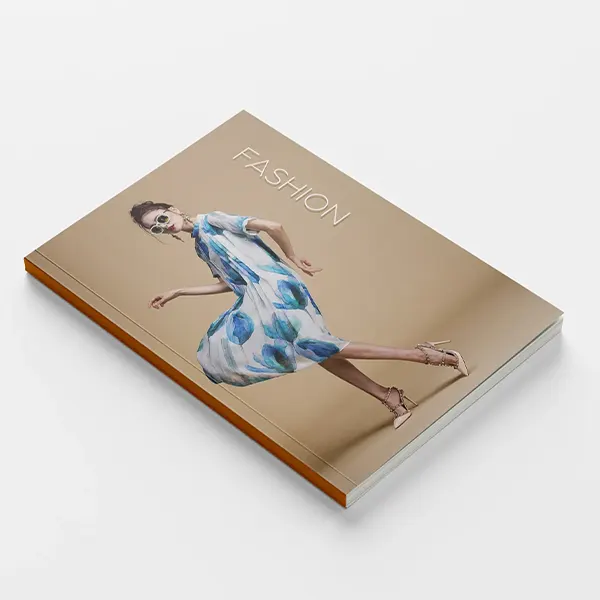
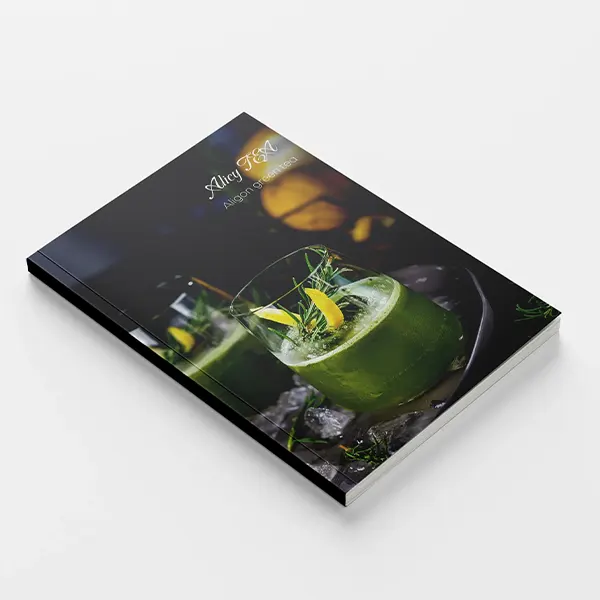
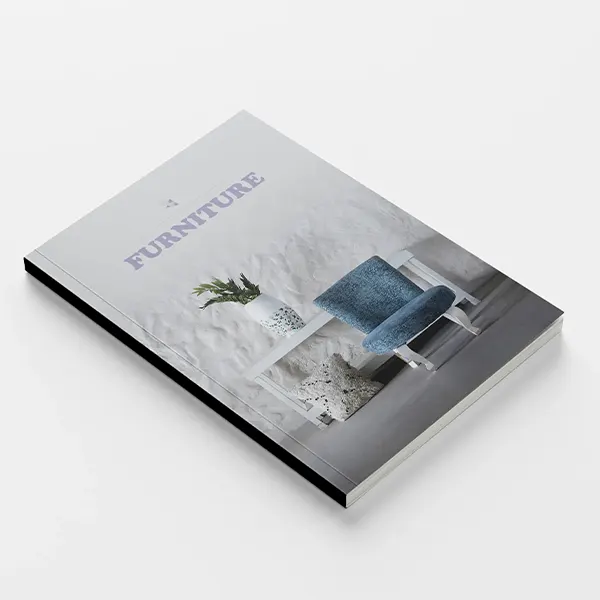
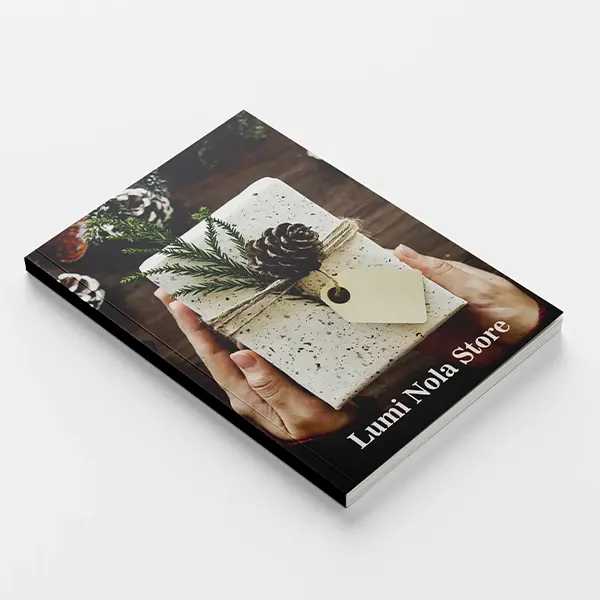
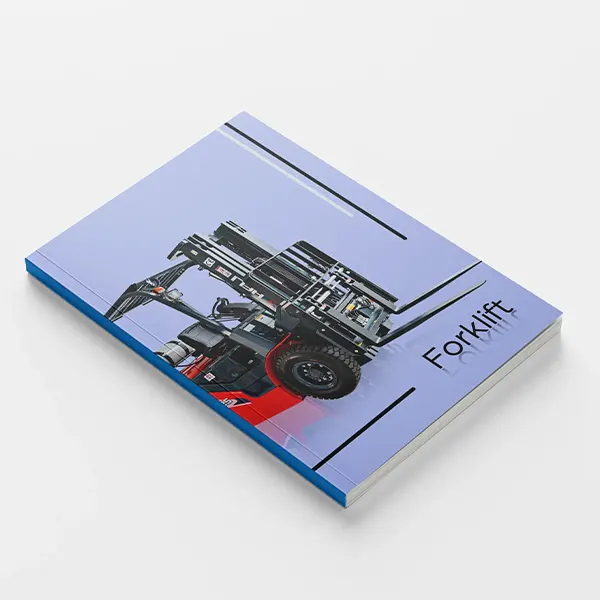
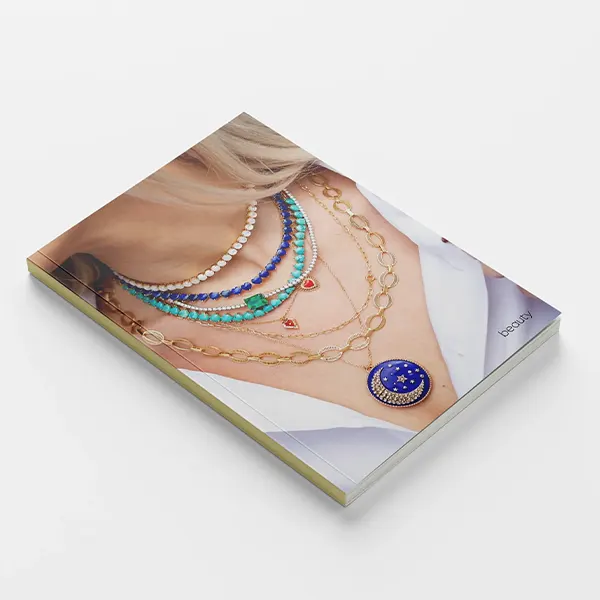
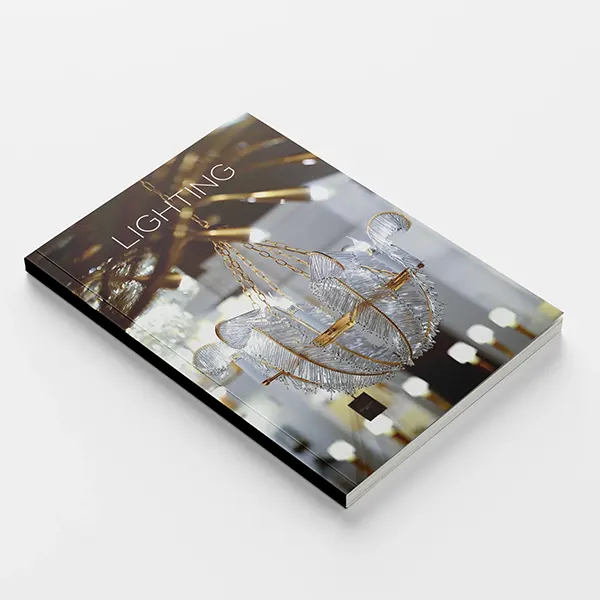
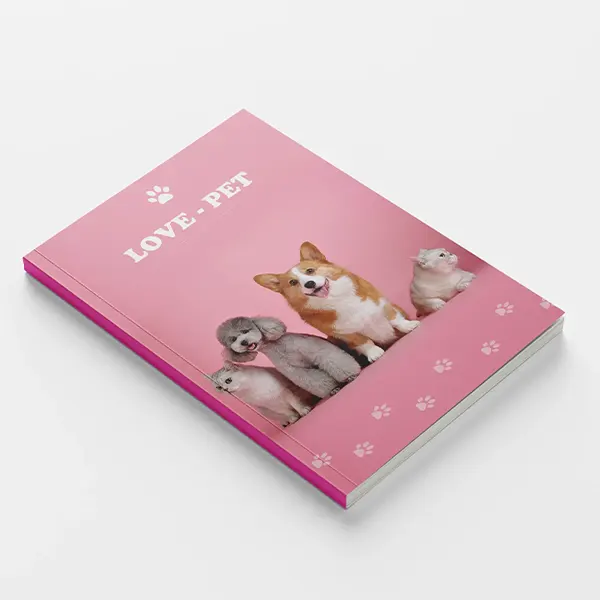
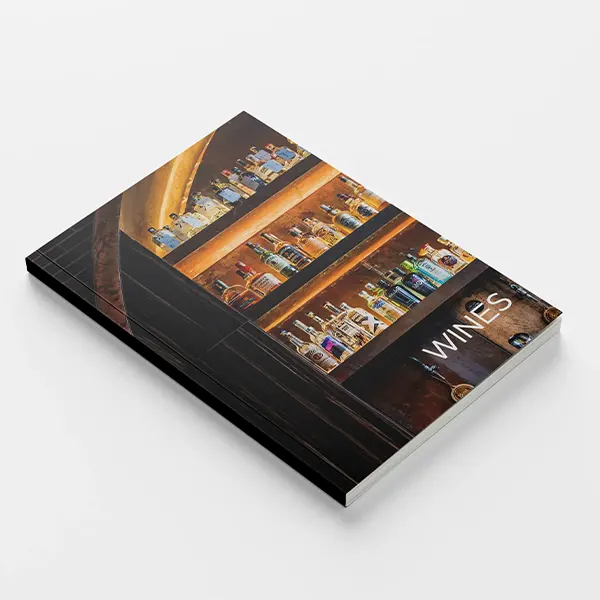
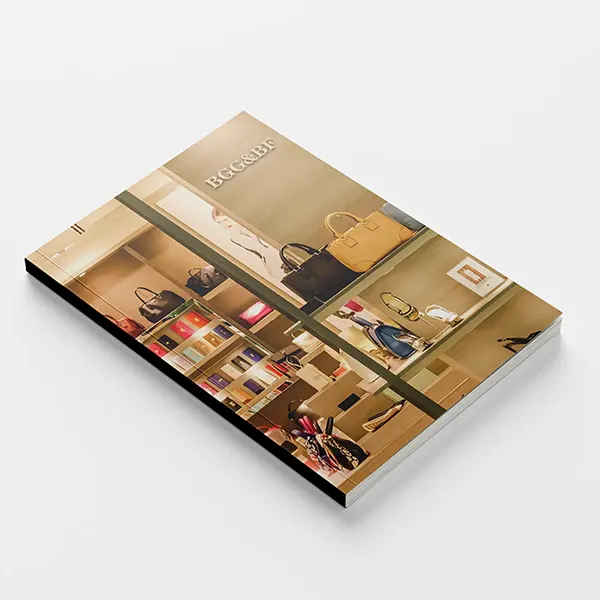
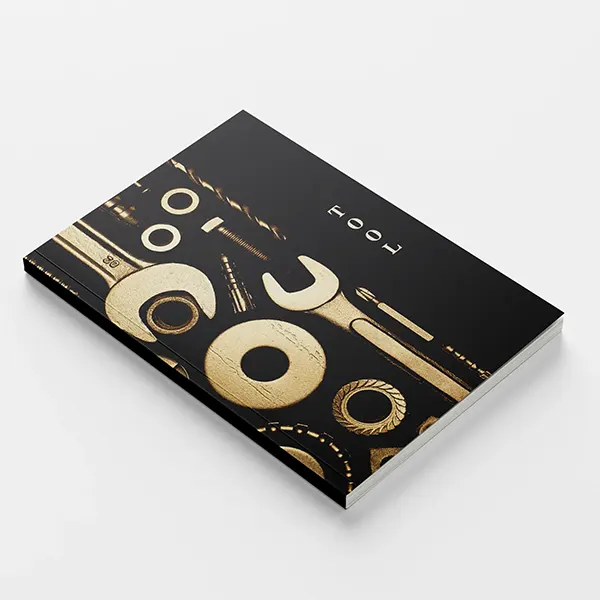
QinPrinting Rated Excellent for Catalog Printing
Whenever I have a creative idea, their team goes above and beyond to help bring it to life. I’ve printed four comic books with them, and each time, they’ve exceeded my expectations. If you’re considering a printer, take a chance on these friendly, reliable folks—they truly value your business. - Chad Townsend, Creator of The Black Phantom.
But working with Nelson was an absolute pleasure. He patiently addressed all my concerns, and my final printed book was just as I would hope it would be.
The sample kit they have available is a must-order for your project. It has every type of paper and finish with a bunch of sample products they've worked on, which helped me make an informed decision about how I wanted my game to look and feel.
The final product(s) arrived within their estimated window and in excellent condition. It still feels surreal to hold it in my hands, and it feels like a legitimate game—because it is!! All thanks to this incredibly talented and professional team.
I feel relieved to have a trusted manufacturer to continue printing my products as sales come in. They're truly worth every penny. Thank you, QinPrinting!!!
FAQs
The production timeline typically ranges from 1-2 weeks, depending on the complexity of your order. Shipping times vary by location, but we provide estimated delivery dates upon order confirmation.
No. Website images are generally low resolution. For high-quality catalog printing, images or photos should be at least 300 dpi to ensure clear, crisp results.
Feel free to share your artwork with us through email, Sprend, or WeTransfer to [email protected]. Or send us a share link via Dropbox or Google Drive.
For printing purposes, we require artwork in high-resolution PDF format, which includes 0.125 inches / 3 mm bleed.
Offset printing uses the CMYK color space.
You can get acquainted with our quality, products, and paper stocks by ordering a sample pack from here.
Let's Talk!
If you’re shouldering the responsibility for your company’s catalog design and printing—and you’d like to deliver a catalog of unrivaled quality and at a fantastic price—we should talk. Get in touch today—either by telephone, email, Skype, or our simple contact form—to chat through your needs or to ask for a no-obligation quote. We can’t wait to help you make your next catalog one that works extra hard to build your brand, excite new customers, and deliver an excellent return on your investment.




